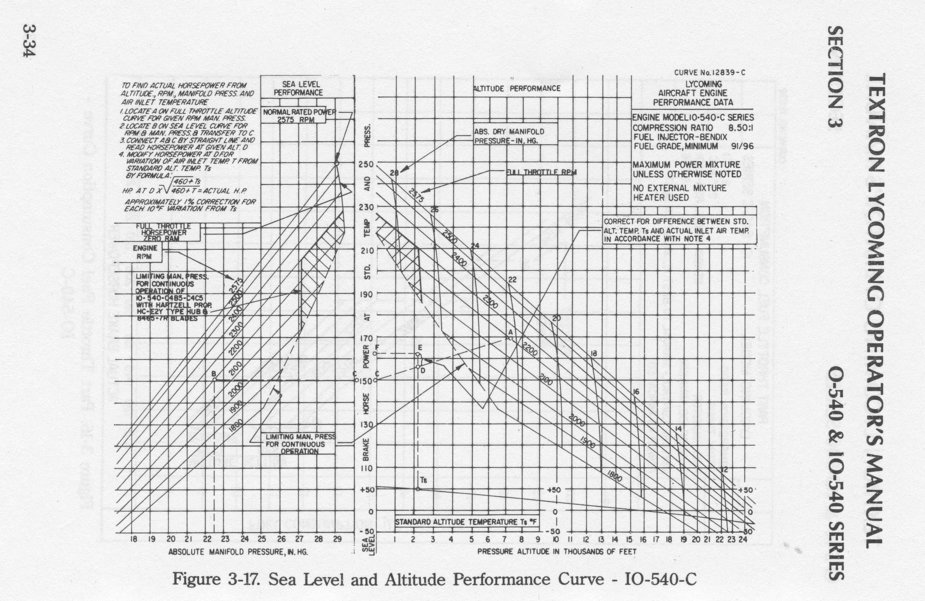The thing which seems definitely wrong is reducing the throttle opening or the prop RPM during climb. There is no reason to do that - other than perhaps noise abatement and then perhaps picking a different departure route is better.
Another reason would be a propeller with a 2500 rpm max continuous limitation, like me. Its good for 2700 rpm for "take-off". I'm not sure what that means but turn it down to 2500 rpm on the crosswind, with throttle maintained wide open.
Cad Many of the things that we do and don't know why are going back to the days of the big radial engines. Many if not all of these engines were good only for 2min. full power, then power had to be reduced, the same goes for "Don't fly over square", most engines can do it. The last word is always with the aircraft manufacturer.
Ben
There are loads of specific limitations on engines, e.g. limits on max RPM (as Silvaire says), limits on power for how long, limits on specific RPM ranges even if well below max RPM (Continental's controversial SB, concerning crankshaft counterbalance de-tuning supposedly) and there are even limits on the MP versus RPM e.g. here

where (LH chart) if above 27.2" MP you should not be below 2300 RPM.
But I have never seen the often mentioned "over square" prohibition i.e. the MP must not exceed the RPM/100, because that makes absolutely no physical sense. Is there an engine which has a MP/RPM limit which is thus expressed?
So somewhere in our world of numerous documents and research someone must have tried to quantify the extra wear and tear on an engine operating at 100% as opposed to 75%. In the world of physics the difference of 25% is I am sure not a linear relationship with regard to engine wear.
The difference between a bullet flying by your ear and hitting you in your head is also small.
But why would this matter? You are not allowed to operate the engine at the stoichiometric mixture at 100% and is there any real world situation where you would consider doing this for any prolonged period?
The fuel burn to get 180hp out of my engine is about 50l/h. The fuel burn to get 235hp out of the engine is 100l/h.